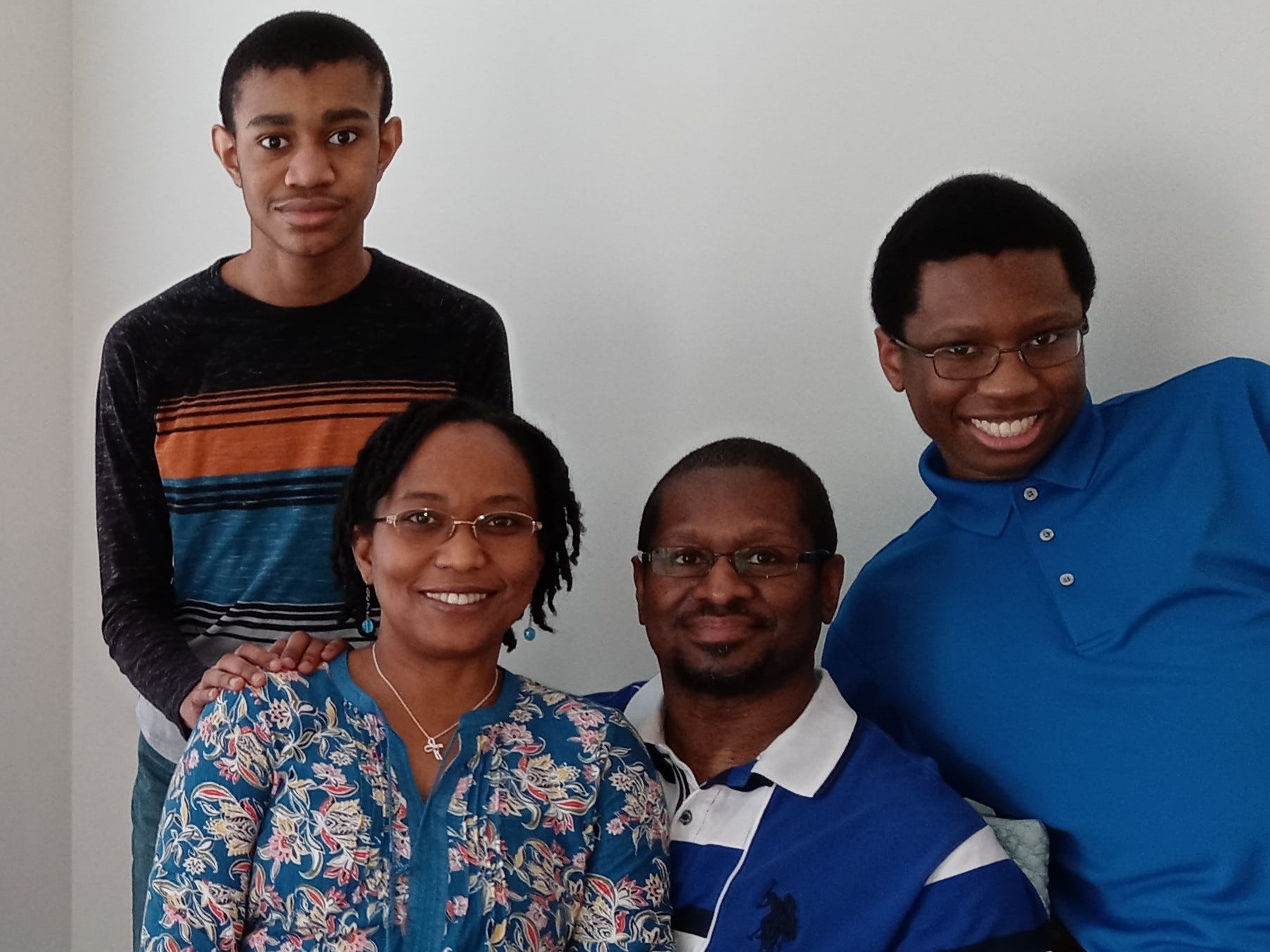
Cheryl Walfall-Flagg
- ABLE accounts are created to empower disabled people who need to rely on social security benefits.
- But a large number of qualifying individuals don't use them due to lack of education and age limit.
- Users, advocates, and experts told Insider how Congress and states can help promote better access.
- This article is part of a series called "The Cost of Inequity," examining the hurdles that marginalized and disenfranchised groups face across a range of sectors.
Ever since her son Sean was diagnosed to be on the autism spectrum, Cheryl Walfall-Flagg kept hearing about two things over again.
One was that Sean would have to get guardianship – a legal process used to protect people unable to care for their own well-being because of infancy, incapacity, or disability – when he turns 18. The other thing was Walfall-Flagg couldn't save money in Sean's name because that would cause him to lose his supplemental security income (SSI) benefits.
For Sean to remain eligible for such benefits, he must not have more than $2,000 in any bank accounts or in the form of investment property, stocks, and bonds. This is the so-called resource limit.
"That whole resource limit of $2,000, it cramps a person with a disability," Walfall-Flagg said in an interview. "You can't work because you're going to make too much and you're going to lose your benefits. It limits their potential for a full life."
As a mother of two African American boys, Walfall-Flagg was understandably worried and she started looking for solutions. One of the early options she encountered was a special-needs trust, but that would require a substantial amount of money upfront to be put into the trust.
In her relentless quest to secure a future for Sean, Walfall-Flagg first heard about ABLE (Achieving a Better Life Experience) accounts while attending a workshop in 2016.
Created by an act of Congress in 2014 and designed for people with disabilities, these tax-advantaged savings accounts allow people to put up to $15,000 a year, with the first $100,000 in ABLE accounts exempted from the SSI $2,000 individual resource limit.
After leaving the workshop, Walfall-Flagg researched the accounts online and stumbled upon the ABLE National Resource Center's website. She signed up for more updates about the plan and enrolled in the program the day after it launched in North Carolina, where her family resides.
Opening an account took Walfall-Flagg just 15 minutes, but it meant a big deal for Sean, who is now a 19-year-old in college and has a clear path to achieving financial independence.
While the ABLE account program has made a meaningful difference in Walfall-Flagg's family, a large portion of qualifying individuals does not currently use these types of accounts. Experts and advocates say a lack of widespread education and confusion around age requirements are two big factors keeping millions of eligible people from using these tax-advantaged accounts.
Nathan Yates, the owner of ForwardView Consulting and a former finance professor, has spinal muscular atrophy but he doesn't own an ABLE account. As a business owner, he doesn't rely on SSI benefits, and a lot of his bills are covered by his health insurance.
But Yates said he still sees the "incredible benefit" of such accounts.
When he started college, in 2007, a state disability-services counselor suggested he apply for Medicaid and SSI, but assets that his parents had stashed into a Uniform Gifts to Minors Act (UGMA) account were transferred to him at about the same time, making him suddenly ineligible for any disability programs.
"An ABLE account would have been the ideal solution, but they weren't available then," he said in an email interview.
Now that they are widely available, Yates said he finds that many people with disabilities don't even know that ABLE accounts exist. He argues that one probable reason for their underutilization is that financial advisors don't consistently incorporate ABLE accounts into their disabled clients' plans.
More education, more funding, fewer restrictions
Forty-three states and Washington, DC, now offer the ABLE program, with more than 82,000 ABLE accounts holding $643 million at the end of 2020, according to ISS Market Intelligence and AKF Consulting Group, an advisor to state investment programs.
Miranda Kennedy, director of the ABLE National Resource Center, said the core reason for that lack of adoption comes down to limited education and outreach from trusted sources. And those factors themselves are due to a lack of public funding for such outreach activities.
"People with disabilities, especially those who've been on means-tested benefits and rely on those," she said in an interview, "they've been told for so long that you cannot have more than $2,000 in assets in your name or you will lose benefits."
Kennedy believes that the Social Security Administration and other federal programs that fund the states to support people with disabilities should be required to inform and educate program beneficiaries about the benefits of ABLE accounts and how to open an account.
Another aspect of the ABLE program that might have deterred some eligible participants from opening accounts is the age limit. While the ABLE Act limits eligibility to individuals who became disabled before turning 26, they do not have to be younger than 26 to open ABLE accounts - but that eligibility requirement has caused confusion.
Andrea Feirstein, managing director at AKF Consulting Group, believes that this age limit cuts out injured veterans, adults with catastrophic diseases, and people with early dementia.
"Life doesn't just stop when you turn 26," she said in an interview. "If they would raise the age of eligibility to 46, which is what the ABLE Age Adjustment Act tries to do, I think that would bring in an additional 6 million to 7 million people."
To be sure, there are many more things that Congress and states could do to improve the program, but more education and awareness are the first step, according to Kennedy and Feirstein.
Additionally, Congress could allow participants to have more than one account and raise the aggregate dollar limit of $15,000 that dictates how much participants can put into these accounts per year.
Meanwhile, more states can create income tax benefits to incentivize more people to open accounts. (Currently, 19 states and DC do not offer state income tax benefits to ABLE account holders, according to AKF Consulting.)
"Part of an inequity is maybe being overwhelmed by choices, not understanding choices, having choices that are too expensive," Feirstein said. "So I think being mindful of cost and simplicity, trying not to overwhelm people with investment choices, those are examples of where the states can make this more accessible and therefore more equitable for this audience of investors."


